Albert Hammond Jr., one of the five members of New York garage rock band The Strokes, recently released his fourth solo album, Francis Trouble. Despite Hammond’s now-established independence as an artist and the almost three-year distance from making music with The Strokes, Francis Trouble has several tracks with the same themes of tight guitar chords and distorted vocals.
Inspiration for the album comes from Hammond’s unborn twin brother, Francis, whom his mother miscarried. Her continued pregnancy with Albert that followed went undetected for several months, and when Albert was born, a left-behind fingernail of Francis actually came out with him. Despite the somewhat unusual and melancholy nature of Francis Trouble’s inspiration, Hammond finds a way to use it to express his music through a new persona – one that’s intertwined with the would-be life of Francis.
This time, Hammond’s persona is one that backs the sad story with the clean guitar sound that has become his trademark. Several tracks on Francis Trouble have rhythms that are almost identical to songs from The Strokes’ albums Angles or First Impressions of Earth, but without the notorious hard edge of their New York sound. Hammond’s music is upbeat and spiritual, cutting deep into our emotions with bluesy riffs that incite jumping, rocking, and dancing with each new measure.
There are direct references to Francis in several songs throughout the 36-minute album. In “Set to Attack,” Hammond sings “I was so quiet / But you were excited,” in distorted vocals before plunging into a repetitive chorus begging its listener to “Hold on, hold on.” Another track, “Stop and Go,” pairs a riff that’s noticeably similar to that of the verses in The Strokes’ “Heart in a Cage” with the complex thoughts that come with losing someone you never knew in words like “Wish we could have become friends.”
https://www.youtube.com/watch?v=X-4z0RXubHs
“Rocky’s Late Night” also copes with these same emotions of loss, with Hammond singing, “There is an emptiness that I cannot describe.” When the listener reaches this song on their first full listen of the album, they will start to notice the community behind his words. In the same song, Hammond laments “I’m not the same as I was before.” Though he has openly stated that the inspiration for Francis Trouble came from the loss of his brother, without the application of this knowledge, the words of Hammond’s songs become much more universal in meaning.
It’s this feeling of community that is the more prominent theme of the album. Often times, artists take dark subject matter and highlight the sadness of it with more mellow instrumentation. While it can sometimes be cathartic to let that kind of sound flood over you every now and then, Hammond decided to do something different: he gives us a way to cope through dancing.
The lyrics of Francis Trouble can read like a sad poem of loss and missed chances, but the music goes in the opposite direction, with tight, clean, bluesy chords that entice you to jump around and shake your hips. Hammond, known for wearing his guitar high like Buddy Holly because it makes it “easier to dance,” wrote this album to give you a way to channel your emotions into physically rocking with his music.
Prior to starting his headline tour for Francis Trouble, Hammond played “Set to Attack” on The Late Late Show with James Corden. In an acrobatic performance, Hammond energetically danced around the stage before climbing onto an amp and jumping off of it at the end. At moments looking as if he were so full of emotion that he couldn’t decide whether to laugh or cry, the Stroke still has the same force of rock in him that he did 20 years ago. And while he has taken on many personas (hard-edged New Yorker, jaded romantic, melancholy nostalgic) in his career, each continues to bring the powerful guitar rhythms that made him famous – the kind that make you want to jump off amps with him and never stop.
